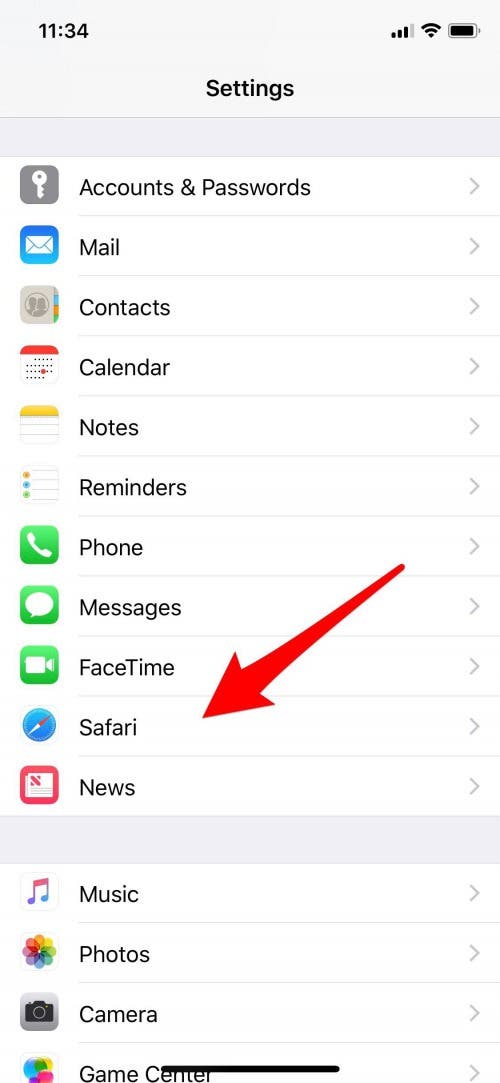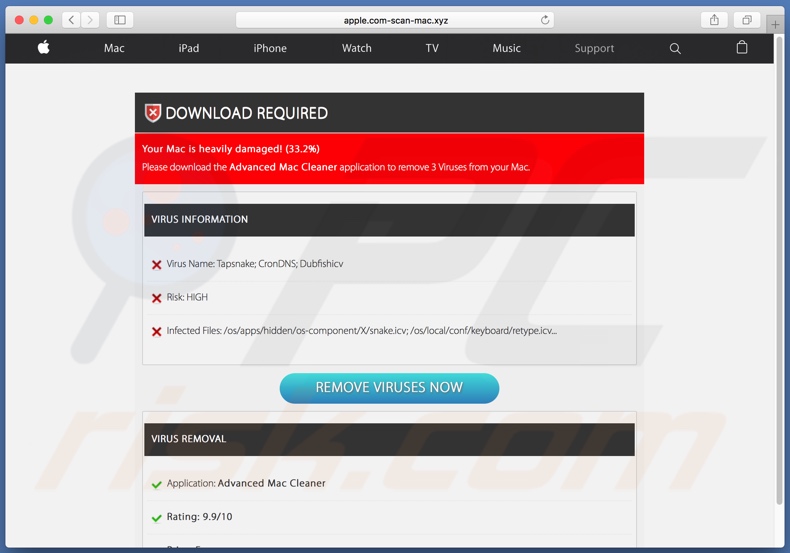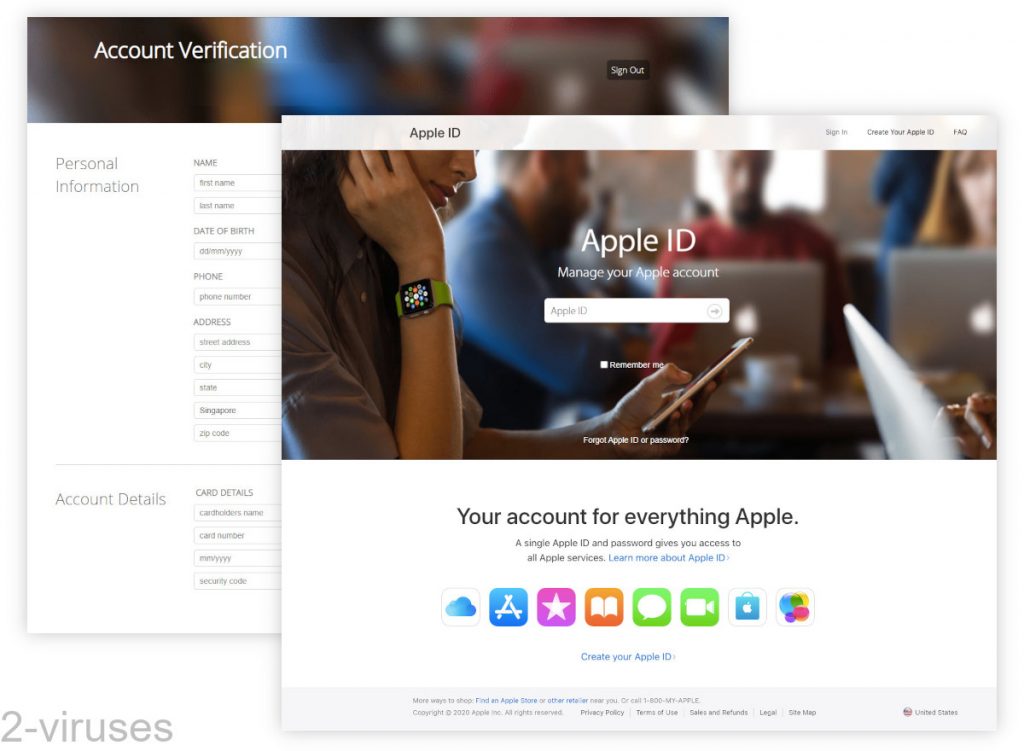
Up until iOS 14.5, Google could also see the IP address of where that request is coming from. Since Apple uses a hashed prefix, Google cannot learn which website the user is trying to visit. The 8-Bit explains how this works:Īccording to Apple, before visiting a website, Safari may send hashed prefixes of the URL (Apple terms it “information calculated from the website address”) to Google Safe Browsing to check if there’s a match.

Apple’s Fraudulent Website Warning in iOS 14.5Īpple has beefed-up its privacy protections as of iOS 14.5. These safe browsing providers may also log your IP address when information is sent to them. The actual website address is never shared with the safe browsing provider. For users with China mainland set as their region in Settings > General > Language and Region, Safari may also use Tencent Safe Browsing to do this check. A fraudulent website masquerades as a legitimate one, such as a bank, financial institution, or email service provider.īefore visiting a website, Safari may send information calculated from the website address to Google Safe Browsing to check if the website is fraudulent. Phishing is a fraudulent attempt to steal your personal information, such as user names, passwords, and other account information. When Fraudulent Website Warning is enabled, Safari will display a warning if the website you are visiting is a suspected phishing website. If a URL is on the list, Chrome displays a warning and asks you whether you really want to visit the site.Īpple uses the same database, taking steps to ensure that Google never sees the URL you were trying to visit, but cautioning that Google may log your IP address. Additionally, Google uses statistical models to identify suspected phishing sites and adds those to the database too.Ĭhrome checks this database every time you visit a website. When a site is found to host malware, it’s added to a database of sketchy sites.

When Google crawls the web, it also checks the sites it indexes for malware. That adds an extra layer of privacy to the protection Apple was already employing … Previously, that check consulted a database hosted on a Google server, but as of iOS 14.5 it instead uses an Apple proxy to better protect user privacy.

Apple’s Fraudulent Website Warning is designed to alert you when you’re about to visit a website that is known to host malware, or that is believed to be a phishing site.


 0 kommentar(er)
0 kommentar(er)
